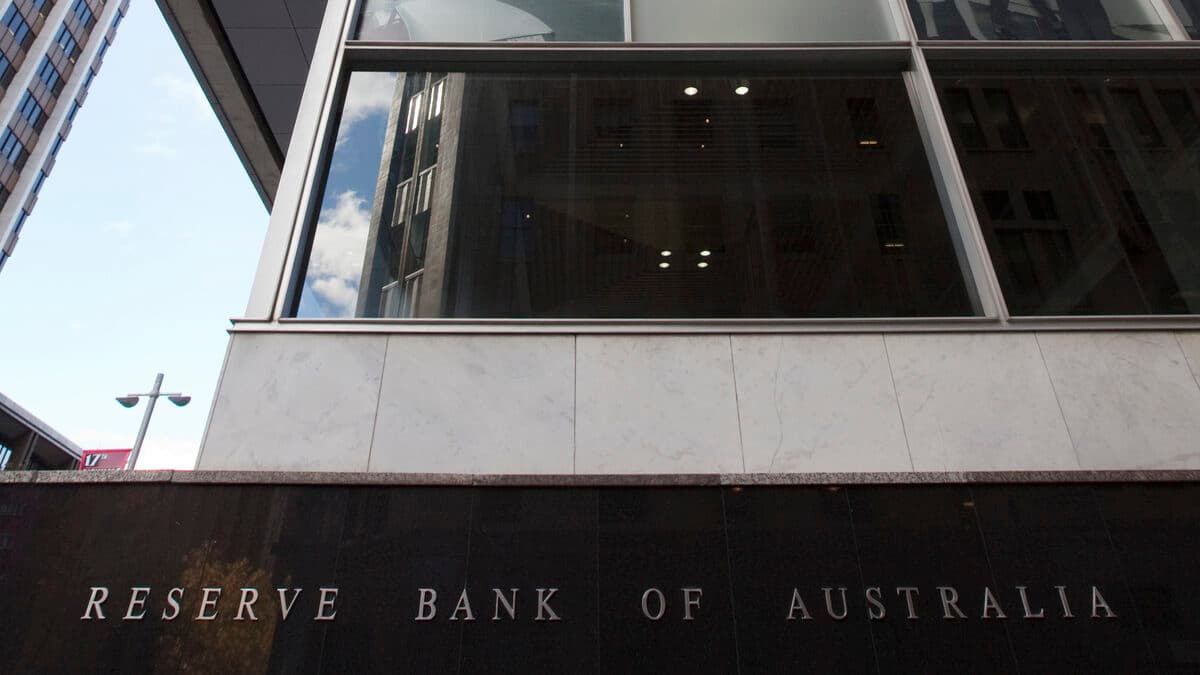Tuesday saw a decline in the value of the Australian dollar after the central bank surprised investors by choosing to raise interest rates by a smaller-than-expected quarter point.
The cash rate objective was raised by 25 basis points to 2.60 per cent by the Reserve Bank of Australia. Additionally, it raised the interest rate on Exchange Settlement balances by 25 basis points to 2.50 per cent.
As a result of rising fuel and food prices, which have reached a 20-year high, the Australian economy is experiencing difficulties. This year, the RBA has hiked rates six times. Although the RBA left the door open to more hikes as it “assesses the prospects for inflation and economic growth in Australia.”It claimed that it had opted to pause the pace of tightening because the cash rate had been raised significantly in a short period of time.
“A further increase in inflation is expected over the months ahead before inflation declines back towards the 2–3 per cent range. The expected moderation in inflation next year reflects the ongoing resolution of global supply-side problems, recent declines in some commodity prices and the impact of rising interest rates,” Philip Lowe, Governor, said in a statement.
The RBA decision caused the Australian Dollar to drop by half a cent at around 0.6500 against the US dollar at the time of writing.
Generally speaking, the AUD strengthens when the RBA raises interest rates because it is concerned about the economy’s inflationary prospects. Similarly, if the RBA has a bearish assessment of the Australian economy and keeps or lowers interest rates, it is considered negative.
“The Board expects to increase interest rates further over the period ahead. It closely monitors the global economy, household spending and wage and price-setting behaviour. The size and timing of future interest rate increases will continue to be determined by the incoming data and the Board’s assessment of the outlook for inflation and the labour market,” the statement said.
Anneke Thompson, Chief Economist, CreditorWatch says, “Global factors have played a key role in today’s decision by the Reserve Bank of Australia (RBA), as inflation continues to remain sticky in the US, and currency movements make inflation harder to tame in Australia.
“The US Federal Reserve hiked their interest rates another 75 basis points in September and indicated they wouldn’t stop until inflation is well under control there. This has considerably raised the prospect of recession in the US and resulted in a downbeat mood amongst equity investors.
“Key indicators in Australia remained fairly stable, although there are very early signs of labour force pressures easing. The unemployment rate rose from 0.1 per cent to 3.5 per cent, although the number of employed people also increased. Job Vacancies, however, declined on a seasonally adjusted basis for the first time since the onset of the pandemic.
“There are now 10,000 fewer jobs available in Australia than three months ago. This is a forward indicator for unemployment, and coupled with increasing labour supply through migration; we may have already witnessed our trough in the unemployment rate.
“Given that strong employment has been such a key driver of consumers’ willingness to spend, the RBA will be watching this data closely. If the unemployment rate does continue to ease, the RBA may choose to make more ‘wait and see’ decisions as we move through the remainder of 2022 and into 2023.”
More here.
Keep up to date with our stories on LinkedIn, Twitter, Facebook and Instagram.

